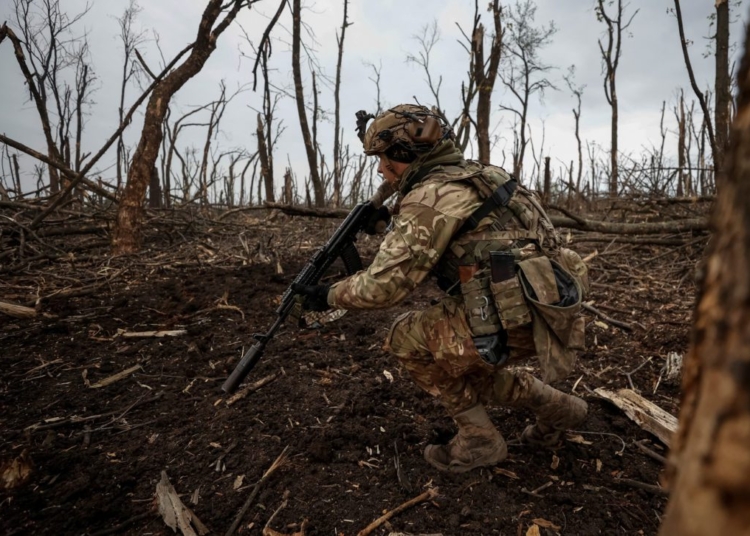The Eastern Front of World War II was a brutal and devastating military campaign between Nazi Germany and the Soviet Union. This article explores the unimaginable violence and suffering that occurred on Russian soil during the conflict. The Eastern Front spanned over 1,800 miles and involved massive casualties and destruction. Both sides employed brutal tactics, with Germany’s blitzkrieg strategy and the Soviet Union’s scorched earth policy. Civilians faced death, starvation, and displacement, while the war effort resulted in staggering human losses. The Battle of Stalingrad marked a turning point on the Eastern Front, leading to a victory for the Soviet Union and the Allies. This article serves as a reminder of the sacrifices made during this dark period of history.
The Eastern Front: The Brutality of Warfare on Russian Soil
Introduction
The Eastern Front of World War II is regarded as one of the most brutal and devastating military campaigns in history. Fought between Nazi Germany and the Soviet Union, the conflict witnessed unimaginable levels of violence and suffering on Russian soil. This article explores the sheer brutality and human cost of the warfare that unfolded on the Eastern Front.
Background
The Eastern Front is often remembered for the massive scale of the conflict. It spanned over 1,800 miles, stretching from the Arctic region in the north to the Black Sea in the south. Nazi Germany launched Operation Barbarossa on June 22, 1941, with the goal of conquering the Soviet Union within a matter of months. However, they severely underestimated the resilience and determination of the Red Army and the Soviet people.
Tactics and Strategies
Both sides employed brutal tactics and strategies during the Eastern Front. The German army, led by Adolf Hitler, pursued a policy of blitzkrieg or “lightning war,” aiming to achieve rapid victories by overwhelming the enemy with their superior firepower and mobility. This often involved encircling and trapping large Soviet forces, resulting in massive casualties and capturing or killing hundreds of thousands of soldiers.
The Soviet Union, on the other hand, relied on its vast manpower and resources to mount a relentless defense. They adopted a strategy known as “scorched earth,” where they would destroy anything that could be of potential use to the invading German army. This included burning crops and infrastructure, leaving nothing for the enemy to exploit. The Soviet forces also engaged in partisan warfare and employed guerilla tactics behind enemy lines.
Impact on Civilians
The warfare on the Eastern Front took an immense toll on civilians. Cities, villages, and towns were reduced to ruins, and the civilian population faced widespread death, starvation, and displacement. The invading German troops frequently engaged in massacres, rape, and looting, showing little regard for human life. The Soviet people, however, displayed remarkable resilience and unity in the face of such atrocities.
Total War and Loss of Life
The Eastern Front became a theater of total war, where every aspect of society and the economy was mobilized for the war effort. Both nations experienced staggering losses in terms of human life. It is estimated that the Soviet Union suffered between 26 and 40 million casualties during the war, including military personnel and civilians. The German losses were also significant, with over three million soldiers killed or missing.
Turning Point and Victory
The Battle of Stalingrad, fought between August 1942 and February 1943, is considered a major turning point on the Eastern Front. The Soviet Union successfully defended the city, inflicting severe casualties on the German army. This stunning victory marked the first major defeat of the Nazis and shifted the momentum of the war in favor of the Allies.
Conclusion
The Eastern Front of World War II witnessed some of the most brutal and inhumane acts of warfare in modern history. The conflict left an indelible mark on Russia, both physically and psychologically. It is a stark reminder of the devastating consequences of war and the importance of never forgetting the sacrifices made by those who lived and perished on Russian soil during this period.













